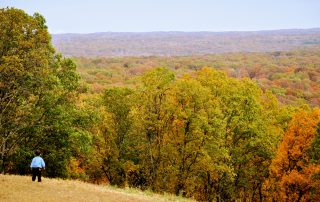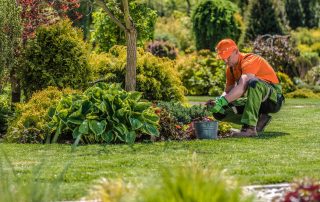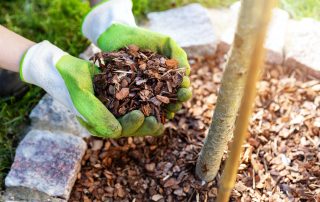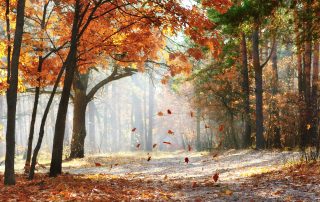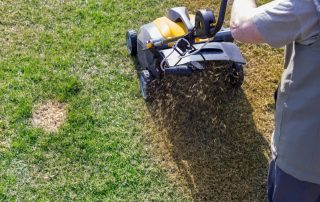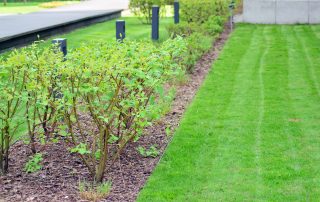Pugh’s Earthworks works year round to keep commercial landscapes looking their best
Pugh's Earthworks The temperatures are definitely starting to dip. I stepped out on the front porch early this morning and there was a stark change in the temperature from just a week ago. The professionals at Pugh's Earthworks know that landscaping processes do not stop as the growing season ends. Below is a Q&A excerpt from Pugh's Earthworks: How does lawn fertilizing affect clipping production? This question will be answered in two parts, beginning with the cool-season grasses (Kentucky bluegrass, tall fescue and perennial ryegrass) and then the warm-season grasses (Zoysia grass and bermudagrass). Cool-season grasses should be fertilized primarily in late Summer and Fall (September and October). Nutrients applied at this time encourage root growth and turf thickening. Fall applications also result in early spring green-up without causing excessive leafy top growth. Given proper fall fertilization, spring applications may not be required. High rates of nitrogen (more than 1 pound per 1,000 square feet) in the spring will stimulate unnecessary flushes of leaf growth and may predispose the lawn to greater summer damage. No more than one spring fertilization should occur. This can be in late March or early April with a weed-and-feed treatment for crabgrass or in May with a slow-release nitrogen source. Warm-season grasses should be fertilized when the grass begins its active growth in late spring and early summer (May-June). Again, for slow and even growth, use a fertilizer containing a slow-release nitrogen source. Warm-season grasses should not be fertilized in September and October. Everything you do in the fall can help your lawn make it through a harsh winter season, including giving it the food it needs to support root growth. Here are five tips for fertilizing your lawn as part of your lawn maintenance care during the fall months: Apply lawn fertilizer round two to three weeks before the ground is likely to freeze. You can look online for the frost date for your particular area and then plan accordingly. On average, that means applying fertilizer to your fall lawn around mid-October. Fertilize in the fall either in the morning or the early evening. Fall temperatures during the middle of the day can still be too warm, which could cause the fertilizer to burn the grass. Mow the lawn right before you plan to fertilize. When doing so, be sure to leave some of the grass clippings. This green material can help the roots. Do not fertilize before any scheduled rain. The rain will only cause the fertilizer to run off the lawn and work against your plan of fertilizing it. If it has recently rained, also wait until the grass blades appear dry and then you can apply the fertilizer. Continue mowing throughout the fall season but begin to drop the blade down the lowest setting as the fall season draws to a close. Aerate the soil as well to ensure that the fertilizer, water, and oxygen can reach the grass roots. This gets the essential nutrients where they need to be to further [...]

